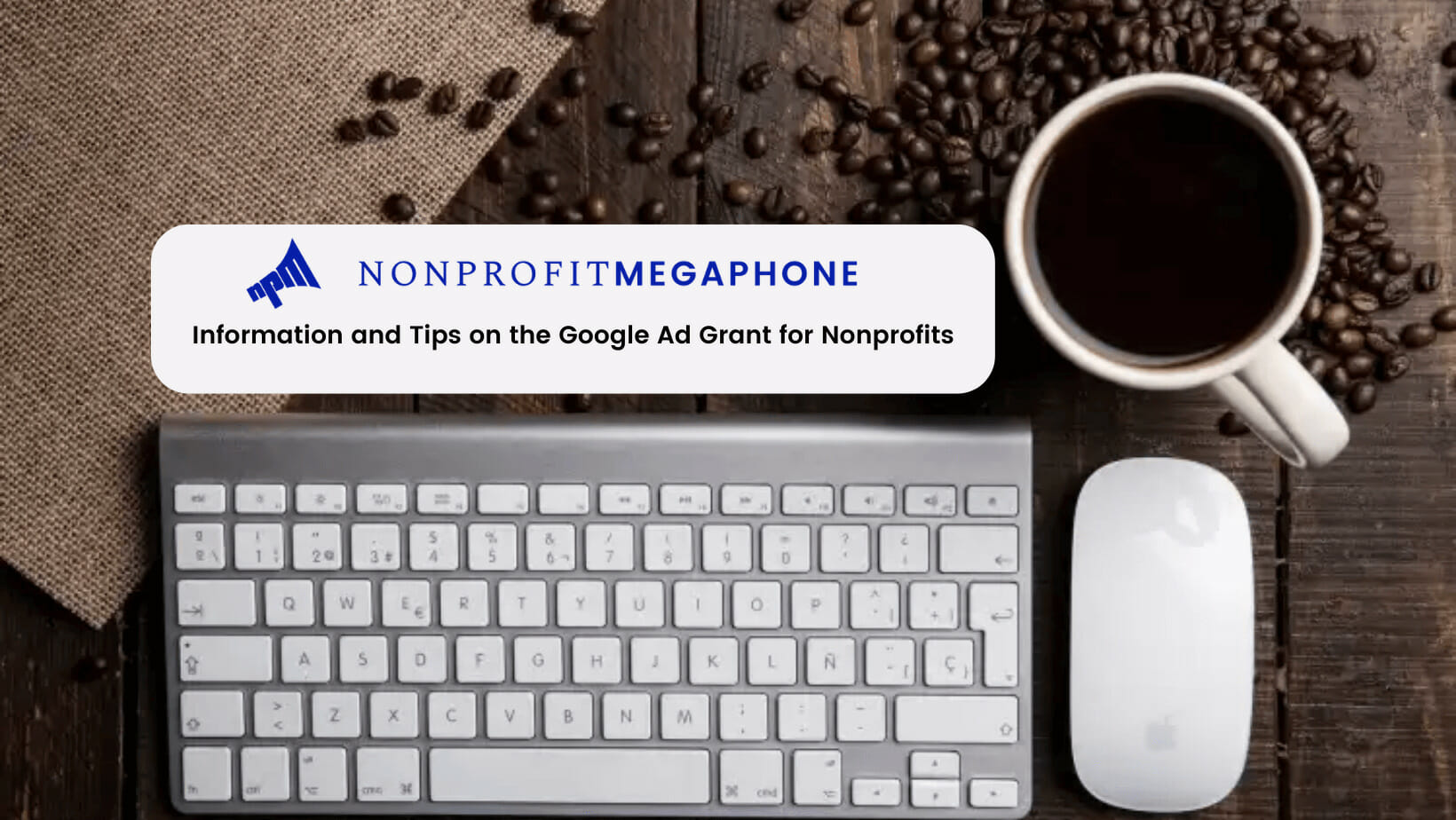“The way we run nonprofits is actually undermining the causes we love and our profound yearning to change the world.”
These words belong to Dan Pallotta, an American entrepreneur, author, and humanitarian activist, who, in his Ted Talk, reiterates that a nonprofit should be run like a business. According to Pallotta, philanthropy is a market and it is the business of ‘encouraging love’ and ‘increasing awareness.’
Besides their impact through purpose, nonprofits usually need the same tools to function that any for-profit business does, including:
- a team that works on promoting the cause
- the technology that helps raise awareness of the cause
- the donors who can also be seen as customers ― because they have expectations of their money to be put to the cause they deeply care about
All these reasons show that the importance of a business plan for a nonprofit is significant. If you don’t have one, your nonprofit will hardly achieve the noble goal you want it to achieve. So, to help you write an effective nonprofit business plan, we gathered together a few useful tips that will help you properly plan your journey to raising awareness about the cause you’re passionate about.
1. First, Cover the Basics
In case a donor approaches you and asks you questions about your nonprofit, what are the first details you want them to know?
Start writing your business plan by covering the basic points you will share with potential donors. These points may include:
- What is the cause you’re promoting?
- What is the reason that prompted you to support this cause?
- How will you raise money?
- What is your nonprofit’s mission?
- What is your nonprofit’s value proposition and what makes you different?
- What will you do to support this mission?
- How will you do the marketing and ask for donations?
If you don’t know where to start, covering the basics pushes you in the right direction, as it creates an outline from which you can further develop a business plan for your nonprofit.
2. Pay Special Attention to Writing a Financial Plan
If you’re going to have some of your main donors join the board of members of your nonprofit, it’s important to provide them with a detailed financial plan to show them where their money will go.
That’s why you should consider dedicating one of the biggest parts of your business plan to the outline of your financial operations and expenses. Here are some of the points you may want to cover:
- current status of your nonprofit (including startup costs)
- projected status of your nonprofit (including the finances coming from donors and partnerships, as well as your fundraising plan)
- an income statement
- financial management statement (covering salaries, office management, and other operations)
- possible financial issues and gaps (including a solution to them)
- plans on how you will manage the finances in case of the surplus
- other donations (including grants or non-cash contributions)
If you’ve been running your nonprofit for a while and you’re planning to expand, include some accounting data to the outline for your finances for the board of members to see how successfully your nonprofit has been performing.
Besides, this section of your business plan will come in handy if the IRS or other auditors ask you to disclose the data on how your nonprofit operates its finances.
3. Add Credibility with a Nonprofit Evaluation Plan
How will your efforts to support your cause be measured?
Unlike for-profits that can measure their success by evaluating their sales, nonprofits can only measure their success by estimating how many milestones they’ve achieved.
So, if you want to write an effective nonprofit business plan, it’s important to include a section in which you will cover how you will measure your successes.
Depending on the cause you’re working on, as well as the size of your nonprofit, you should include one of these methods to see if you’ve met your goals:
- Narrowing down the mission statement. This evaluation approach will work if you have a very specific mission statement. For instance, if your nonprofit’s mission is to provide hungry people with food, your success will be measured by how many meals you’ve provided over a certain period of time. (Download Nonprofit Hub’s Creating a Mission Statement Guide here).
- Researching your impact on the cause. For example, if your nonprofit is working on improving access to education in underprivileged communities, after a certain period of time, you can do research to investigate your impact and success.
- Setting micro-level goals. If the first two approaches don’t fit, you can outline micro-level goals. Achieving these will indicate your nonprofit’s success on a greater scale.
Having such data in your business plan helps add credibility to it in the eyes of your donors and the wider public, and allows you to manage your nonprofit in a more structured way, as you have all your goals outlined.
Over to You
As you can see, running a nonprofit is a lot like running a business – you need a detailed plan on how you will achieve the goals supporting your cause.
If you don’t know where to start your plan, first, outline the basic details that your donors would want to know. Pay special attention to outlining the financial plan for your nonprofit, and add credibility to your business plan by describing how you will evaluate your successes.
Author Bio
Daniela McVicker is a blogger and a freelance writer who works closely with B2B and B2C businesses providing blog writing, copywriting, and ghostwriting services. Currently, she blogs for Essayguard. When Daniela isn’t writing, she loves to travel, read romance and science fiction, and try new wines.






